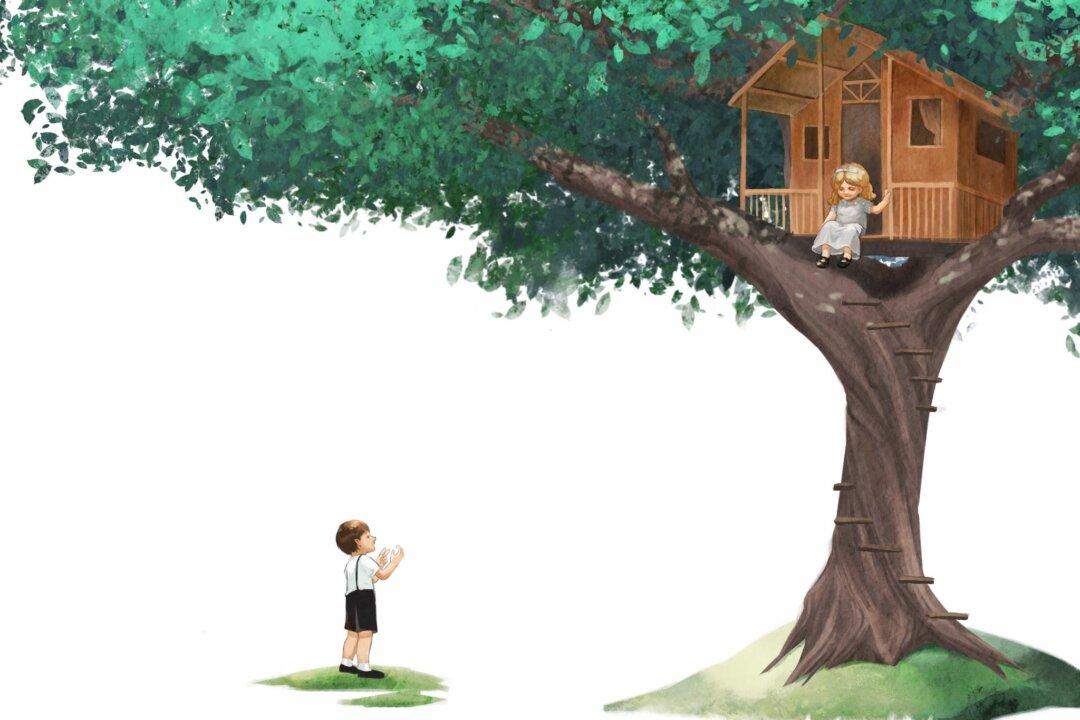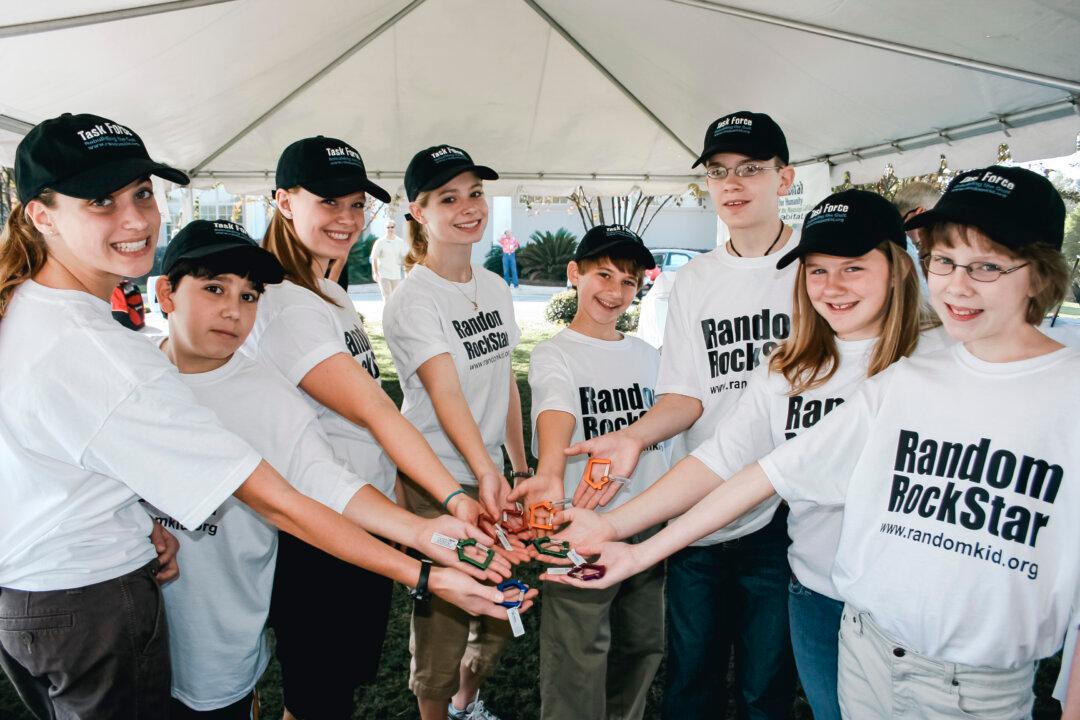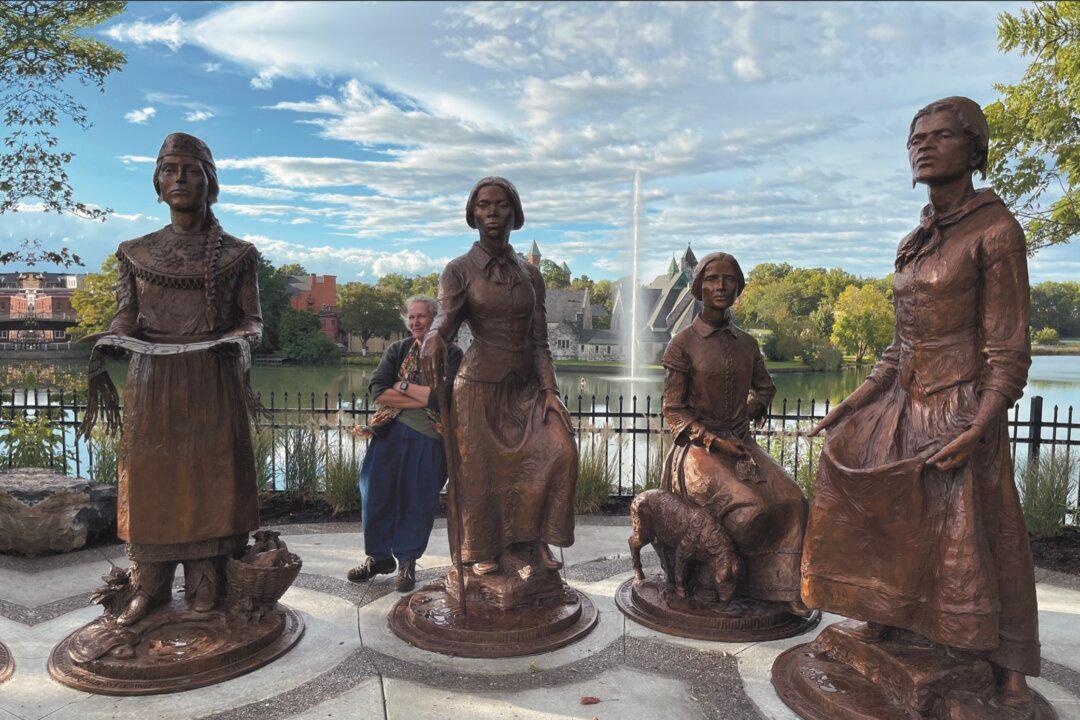When Shelby Harrison went to college, she walked onto the William Woods University campus with plans to be an education major and work as a classroom teacher the way two of her aunts did. Along the way, Harrison needed a foreign language in order to complete her degree requirements, and her academic adviser encouraged her to take American Sign Language (ASL).
That’s when Harrison’s life story changed. Her first ASL teacher at WWU was a member of the deaf community. Harrison said, “I will never forget how much time and care he put into his classes. He is the reason I decided to change my major from education to interpreting!”





